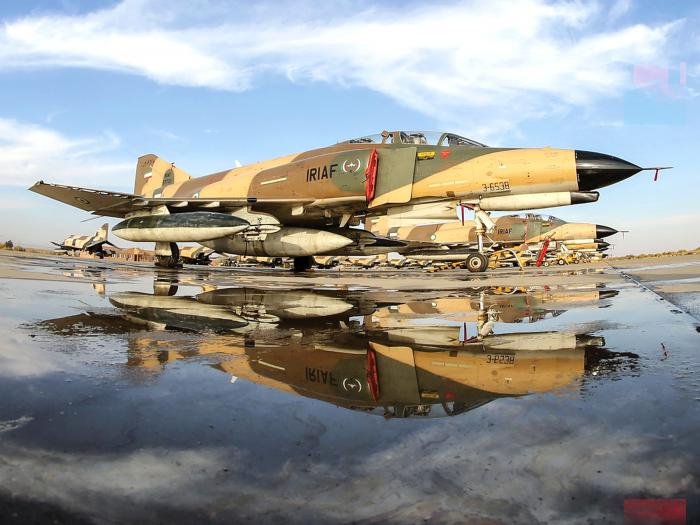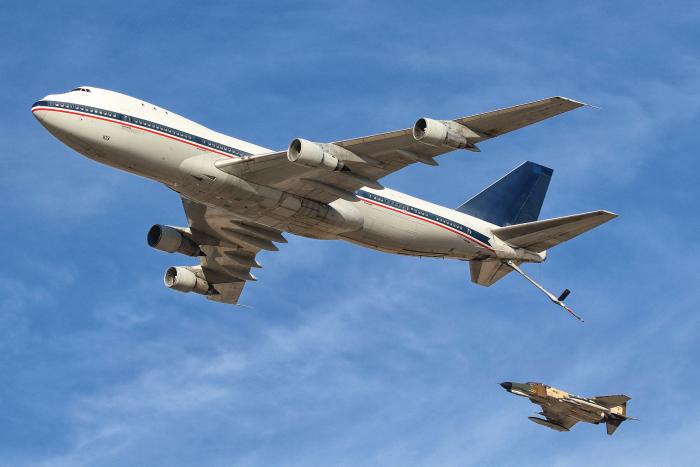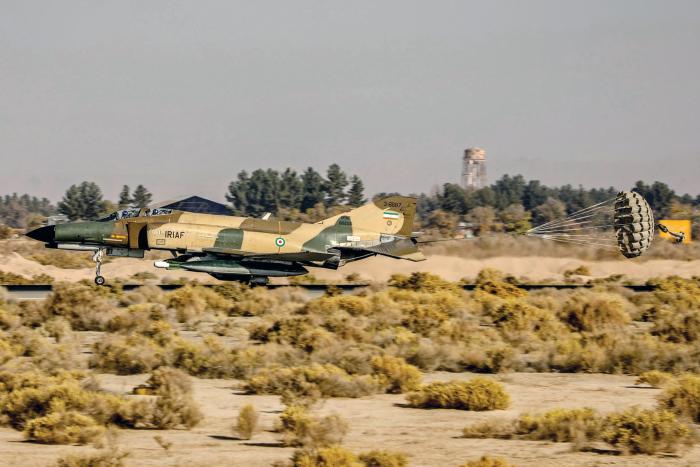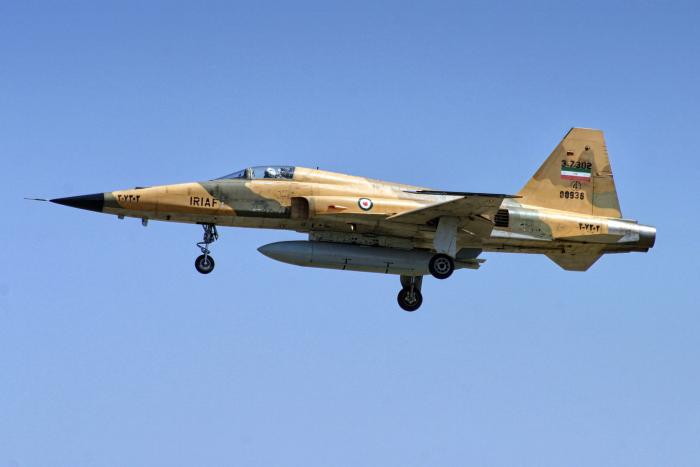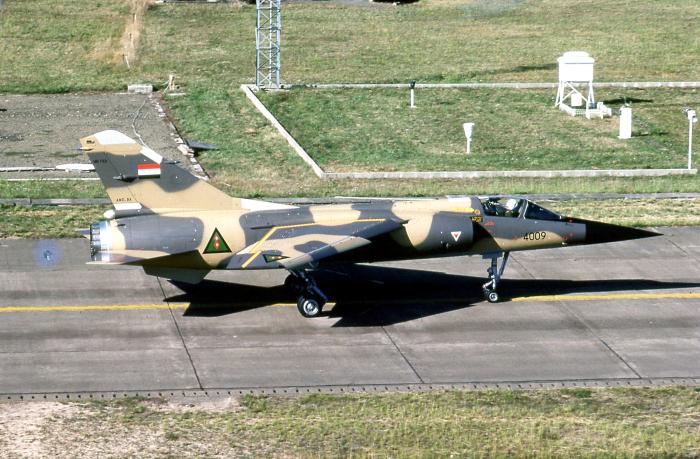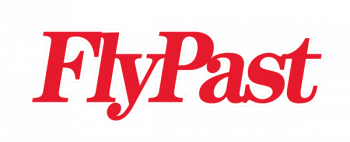During combat between Tigers and Su-22s, 5 Sqn IQAF pilot Lt Abdul Salam Al-Nuaimi claimed to have shot down a Tiger with guns, while TFB.2 pilot Lt Jamshid Owshal claimed to have shot down an Su-22 with an AIM-9J Sidewinder AAM. However, the raid did not stop the Tigers from taking off and delivering a successful attack on Kirkuk, which closed the runways.
During the afternoon, Maj Muhammad Ahmad Matlab al-Juhaishi from 29 Sqn IQAF led four MiG-23BNs to attack Dezful. Unfortunately, the Number 2 aircraft flown by Lt Muhammad Jaafar Hassan became separated from his leader off target and then became lost, ending up flying over the Shuaibah oil refinery where he was mistaken for an enemy aircraft and shot down by two SA-3s. Another 29 Sqn MiG-23BN, flown by Maj Rashid Al Sadoon, was also shot down by a SAM, while leading a four-ship against Dezful airbase.
The IRIAF air strikes of September 23 had been effective in closing down, at least temporarily, the IQAF airfields at Kirkuk, Al-Kut, Shuaiba and Nasiriyah. Nevertheless, IQAF aircraft were in action the next morning, carrying out attacks against Tabriz, Dezful, Shahrokhi, Kermanshah, Ahwaz and Sanadaj. Two Su-22s were claimed by Rapier SAMs over Tabriz. IRIAF sorties over Iraq had also started early in the morning and marked a departure from a counterair campaign, possibly in response to Iraqi artillery bombardment of the Abadan oil refinery the previous day. At first light, a pair of Phantoms from TFB.6 bombed the oil refinery at Zubair, just south of Basra, causing large fires and killing a number of foreign workers. Almost simultaneously, four Tigers from TFB.2 attacked the refinery at Irbil. Further oil facilities were also attacked in the morning, including the oil storage site northwest of Kirkuk, which was bombed by four Phantoms from TFB.3 led by Lt Col Abbas Dowran. Meanwhile IRIAF air strikes continued against the airfields at Basrah, Baghdad and Mosul.

A pair of IQAF Mirage F1EQ-2s get airborne from Mont de Marsan Jean-Jacques Petit
In the early afternoon, Lt Col Mohagheghi, with Lt Khosravi, led four Phantoms from TFB.6 against targets in the Al Kut area, while Capt Zarif-Khadem of TFB.2 led four Tigers against Kirkuk. The latter formation lost the Number 2, Capt Farshid Eskandari, to a SAM and the remaining aircraft were intercepted by a pair of MiG-21s. In the ensuing engagement, Capt Yadollah Sharifi-Ra’ad claimed a MiG-21 with an AIM-9 missile. Further to the south, an IQAF force of four Su-22s and four MiG-21s heading for Dezful was intercepted by a pair of IRIAF Tomcats, led by Capt Javad of the 81st TFS, close to the border near Ilam. Two of the MiG-21s were claimed to have been shot down. The IRIAF lost another Tiger, which was shot down by friendly fire near Dezful, but although the pilot, Lt Bijan Harooni, ejected successfully, he was killed by villagers who took him to be an Iraqi.
During the afternoon, in retaliation for IRIAF attacks against Iraq’s oil production sites, IQAF aircraft bombed the Iranian petrochemical plant at Bandar Khomeini, some 50 miles east of Abadan, and the oil terminal at Kharg Island, temporarily halting Iranian oil exports.
An IRIAF F-5 Tiger II firing a salvo of unguided rockets at a ground target (this photograph was taken after the Iran–Iraq War) Babak Taghvaee Archive
Maximum effort
The air campaign continued the next day, although the IQAF had adopted a defensive posture and its offensive missions were limited. Early raids by IRIAF Phantoms targeted Kirkuk airbase and the newly constructed airbase at Qayyarah, as well as some oil-related sites. However, the main IRIAF thrust was against the airfields around Baghdad. Eight Phantoms from TFB.1 led eight more from TFB.3 against Habbaniyah and Al Taqaddum. While egressing from the targets, these formations were intercepted by MiG-21s from 47 Sqn IQAF, which were on CAP. In a running combat, one Phantom was damaged by an R-13M missile, which had been fired at maximum range. Eight more Phantoms from TFB.1 attacked Rashid air base, where they were met by heavy anti-aircraft fire. In the afternoon, a pair of Tigers flown by Capts Kazem Zarif-Khadem and Del-Anwar from TFB.2 bombed the Khanaqin refinery. They were intercepted by two MiG-21s and Zarif-Khadem was killed when he flew into a hill while evading his attacker.

An air-to-air shot of a Mirage F1EQ-5. This variant was capable of carrying the French-built Exocet ASM Jean-Jacques Petit
Meanwhile, in the southern sector, the Iraqi 9th Armoured and 5th Mechanised Divisions were advancing towards Dezful – with only light Iranian ground forces in the area, it depended on the Tigers of TFB.4 to stop the Iraqi thrust. Over the next four days, Dezful airbase launched a maximum effort against the Iraqi armoured columns.
The IRIAF also attempted to interdict the resupply routes for Iraqi forces by destroying bridges over the Shatt Al-Arab. On the afternoon of September 26, three Phantoms from TFB.6 scored hits with AGM-65 Maverick AGMs on a bridge to the east of Basra, before attacking shipping in Basra port. The same day saw missions by IQAF MiG-23s and MiG-21s attacking oil facilities at Abadan. During these sorties, an IRIAF Tomcat claimed to have shot down one MiG-21. However, IQAF MiG-21s did score some successes: Lt Zia al-Hamd shot down an IRIAF RF-4E Phantom reconnaissance aircraft. The pilot, Lt Nasser Dezpasand, was killed but the weapon system operator, Lt Nasser Arkan Abadi, ejected and was taken prisoner.
A post-war photograph of an IRIAF F-5E Tiger II Shahran Sharifi
There was another attack against bridges the following day, when two Tigers from TFB.2 bombed a bridge in northwest Iraq. In the south, the Tigers of TFB.4 were still busy holding back Iraqi armour. During the day, 64 sorties were flown from Dezful, but Maj Fat’h-Allah Gholem-Rezaiee was shot down and killed. The battle lasted through the next day (September 28), during which the Tigers blunted one Iraqi assault for the loss of one more aircraft flown by Capt Hossein Moghimi, who was shot down near Ein-e Khoosh. However, Dezful was also subjected to an attack by four Su-22s from 109 Sqn IQAF, which targeted a barracks in the south of the city and an equipment storage area to the north. The Su-22s of 109 Sqn also carried out another raid against Bushehr.
In the north, the IRIAF campaign against Iraqi oil production continued with 21 sorties launched by TFB.2 from Tabriz against oil installations at Hamam al-Fil and Sulaymaniya, and the oil storage depot outside Mosul. However, a Phantom from TFB.9, flown by Capt Firouz Rahmatian Masoleh and Lt Hossein Yazdan Doust, was shot down by a MIG-23MS from 39 Sqn IQAF, intercepted over Sumar after attacking Iraqi troops in the area.
By September 28, it had become clear to the Iraqi leadership that Iran would not be the walkover it had predicted. President Saddam Hussein expressed his wish to find a negotiated settlement to the crisis (before Iraq started losing ground again), but the Iranians made it clear they would continue the fight to reclaim their territory.
A Mirage F-1EQ-2 of the IQAF Jean-Jacques Petit
Another 29 sorties were mounted by TFB.2 against the Iraqi oil infrastructure on September 29, losing Capt Asadollah Akbari Farahani who was shot down and taken prisoner over Kirkuk. In the early afternoon, eight Phantoms from TFB.3 bombed the oil refinery at Al Dora, on the southern outskirts of Baghdad. The formation was intercepted as it approached the target area by a mixed formation of MiG-21 and MiG-23s, but the MiGs scattered after missiles were fired at them. However, one Phantom, flown by Capt Hoosahng Azhari with Lt Mohammad Sadiq Ghaderi, was lost to ground fire over the target.
The same day, Col Faysal Hobo led four Su-22s from 109 Sqn IQAF against Bushehr. The formation was intercepted by IRIAF Tomcats and Numbers 2 and 4 Su-22s, flown by Lt Sabah Saad Hussein Al Jader and Lt Naji Ahmed Abd, were shot down just off the coast near Bandar Khomeini.
In the first weeks of the conflict, the IRIAF had adopted the tactic of establishing defensive CAPs by
Tomcats near the frontier so that they could engage any IQAF aircraft approaching the battle areas. With its long-range radar, augmented by the Combat Tree system, which could detect the Identification Friend or Foe transponders of Soviet-built aircraft at even longer ranges, the Tomcat proved to be extremely effective in this role.
Flashpoints cover Osprey Publishing

























